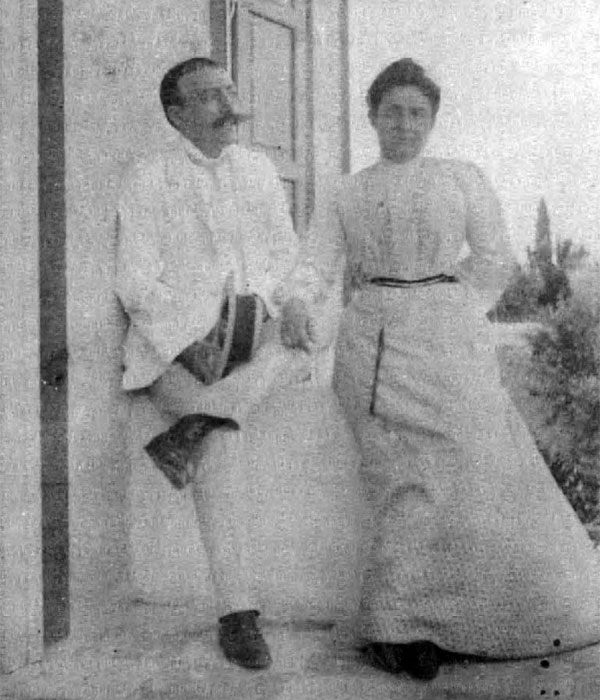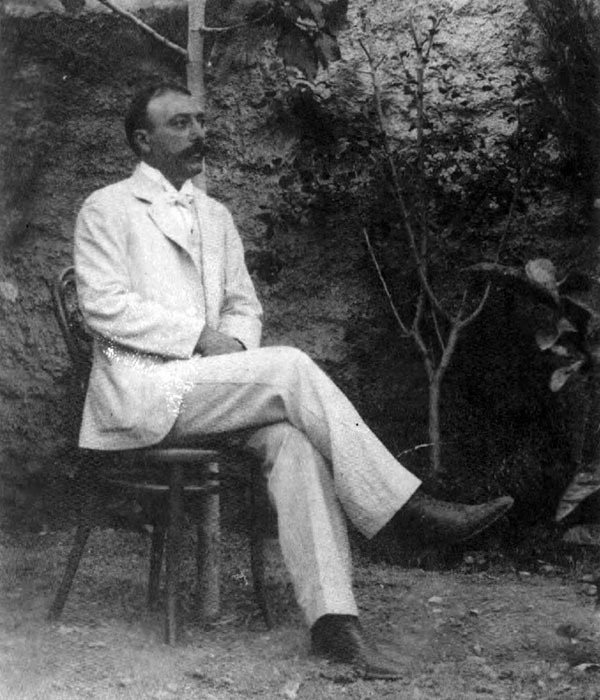
Hotel's History
The Staïs Family
The Staïs family is among the oldest patrician families of Kythira. Of Byzantine origin, the family name appears rather early in the history of the island. For example, the family is mentioned in the "Council of Cerigo nobles", a 1753 Venetian document, according to which the Staïs family is ranked fourth among the aristocratic families of Kythira.
In the nineteenth century, the Staïs family assumes high office. The British High Commissioner appoints Valerios Staïs delegate of the island of Kythira at the Ionian Islands Government Provisional Council. The Ionian Islands' Government met in 1817 in Corfu to establish a Constitution for the seven Ionian Islands. After the attachment of the Heptanese to Greece in 1864, Nicolas Staïs - son of Valerios Staïs - became the first Mayor of Kythira. According to family tradition, all the Staïs boys would pursue a career in medicine or law.
The Staïs family figures prominently in the history of Greece. Spiridon Staïs (1858-1931), served as minister several times between 1900 and 1922.

Valerios Staïs
For the Hotel Margarita, the most important personality is undoubtedly Valerios Staïs. He was born in 1857 in the house which later became the Hotel Margarita. First in Athens and then in Bonn, he studied medicine, fulfilling the family tradition that all sons should become either lawyers or doctors. Nevertheless, his encounter with the German archaeologist Reinhard Kekule was a catalyst for the young man's vocation and path through life. Unbeknownst to his father, he abandoned medicine in favour of archaeology.
He studied at the Universities of Berlin, Göttingen and Halle from whence he graduated in 1885. Family legend has it that upon his return to Kythira, the young man's father waited for him at the dock. No sooner did Valerios reveal the truth than his father ordered him to leave the island immediately. Valerios Staïs then sailed for Athens.
That same year Valerios Staïs was appointed Inspector of Antiquities of Argolis and Corinth. This was the beginning of his career. His work led him to major excavation sites including Marathon, Rhamnus, Dimini, Aegina and Cape Sounion. In 1900, he participated in research of the famous Antikythira mechanism, the only archaeological piece of its kind that has been discovered so far.
Devoted to his career, Valerios Staïs became director of the Archaeological Museum of Athens. He died in 1923.


